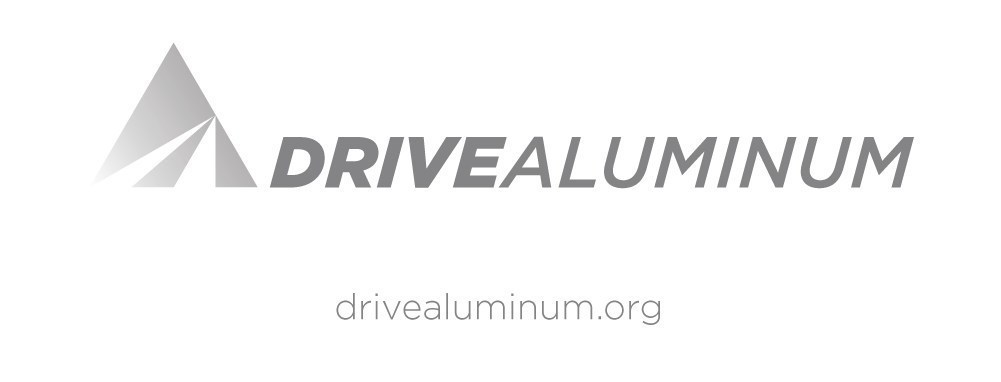New research from the Worcester Polytechnic Institute’s (WPI) Center for Resource Recovery and Recycling confirms an overall recycling rate of 91 percent for automotive aluminum. The peer-reviewed study, funded by the Aluminum Association, examines how much aluminum used in the United States’ light-duty automotive sector is recovered and recycled from vehicles at end of life. This new study supports findings from earlier third-party government and auto industry reports to confirm aluminum is the most sustainable choice for the environment.
„We set out to detail exactly how aluminum is separated and recovered at the end of a vehicle’s service life and findings show it is highly recyclable and is recovered and reused at very high rates,” said Professor Diran Apelian, founding director of WPI’s Metal Processing Institute, which is home of the Center for Resource Recovery and Recycling. „With an eye toward reducing the nation’s energy consumption, lowering carbon emissions and increasing fuel economy, this study confirms that as aluminum use continues to grow in the automotive sector it also enhances energy security and environmental protections.”
The new study, Automotive Aluminum Recycling at End of Life: A Grave-to-Gate Analysis, details a „grave-to-gate” analysis, which spans the moment an automobile becomes obsolete to the moment the aluminum metal units are completely recycled and enter back into life as input material for new applications, including vehicles. Researchers attribute automotive aluminum’s high recycling rate to the metal’s economic value, citing the „concerted effort to recover this valuable lightweight commodity from end-of-life vehicles.”
Aluminum Sustainability in North America
Aluminum use in cars and trucks continues to rise and has seen consistent growth during the last 40 years, in part, because of its consumer and environmental benefits. Recycled aluminum helps automakers improve the sustainability of their operations and products, while also providing supply chain security. Once produced, aluminum can be recycled repeatedly without any degradation while maintaining significant economic value. As a result, automakers can tap an endlessly renewable supply of aluminum through closed-loop recycling operations.
„Aluminum continues to show its fundamental value as a sustainable solution at every stage of an automobile’s life,” said Tom Boney, chairman of the Aluminum Association’s Aluminum Transportation Group (ATG) and vice president and general manager, Automotive Value Stream, Novelis North America. „As the United States and the rest of the world continue to strive for a more environmentally friendly future, aluminum is a big part of the solution and this new data confirms it.”
The aluminum industry continues robust investments in innovations and technologies designed to reduce its overall environmental footprint. Current data commissioned by the Aluminum Association confirms the energy needed to produce primary aluminum is down more than a quarter since 1995 with carbon emissions down nearly 40 percent due to expanded use of hydroelectric power sources for aluminum production.
In an independent life cycle assessment conducted by the U.S. Department of Energy’s Oak Ridge National Laboratory, use of aluminum in new vehicles to boost fuel economy was found to offer the smallest total carbon footprint among competing materials. A similar assessment conducted by Ford Motor Company and Magna International arrived at the same conclusion.
To view the full report: Automotive Aluminum Recycling at End of Life: A Grave-to-Gate Analysis, please visitDriveAluminum.org.
Source PR Newswire






